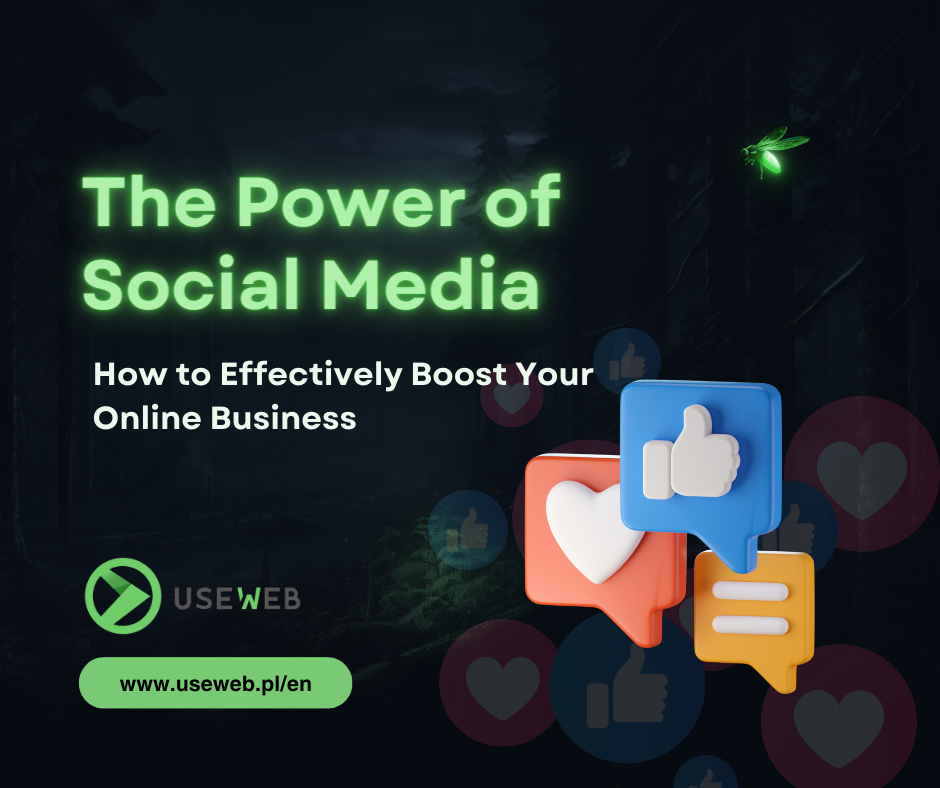Introduction
SEO content optimization (Search Engine Optimization) is a crucial element of an effective online marketing strategy. In today’s digital world, simply creating valuable content isn’t enough – it also needs to be highly visible in search engine results. The goal of this article is to show you how to write content that not only grabs the attention of readers but is also appreciated by search engines like Google.
1. Understanding User Intent
What is User Intent?
User intent is the reason why a user enters a specific query into a search engine. It can include the desire to gain information (informational intent), make a purchase (transactional intent), or find a specific website (navigational intent). Understanding user intent allows you to create content that addresses the specific needs and questions of your audience.
How to Tailor Content to User Intent?
- Keyword Research: Before you start writing, conduct keyword research to understand what your potential readers are searching for. Tools like Google Keyword Planner or Ahrefs can help identify popular queries.
- Creating Content Aligned with Intent: If your users are looking for a guide, create a detailed tutorial; if they want to buy a product, focus on its benefits and include a call to action.
2. Choosing the Right Keywords
The Role of Keywords in SEO
Keywords are the foundation of SEO content optimization. These are phrases that users enter into search engines to find information on a particular topic. Choosing and placing the right keywords in your content can significantly impact its visibility in search results.
How to Choose the Right Keywords?
- Find Long-Tail Keywords: Long-tail keywords are more specific and less competitive, increasing the chances of higher rankings in search results.
- Competitor Analysis: Check which keywords your competitors are using. Tools like SEMrush can help with competitor analysis.
- Avoid Keyword Stuffing: While keywords are important, overusing them (keyword stuffing) can lead to penalties from search engines. Use keywords naturally and in context.
3. Creating Valuable and Engaging Content
Why Does Content Quality Matter?
Google and other search engines prioritize content that is valuable to users. Well-written, organized content that provides specific information has a better chance of achieving a high ranking in search results.
How to Write Engaging Content?
- Structure and Formatting: Use headings (H1, H2, H3) to organize content and make it easier to skim. Bold text, bullet points, and short paragraphs make the text more readable.
- Adding Value: Create content that solves readers’ problems, answers their questions, or provides unique information.
- Enhancing Content with Multimedia: Adding images, videos, or infographics can increase user engagement and time spent on the page, positively impacting SEO.
4. Optimizing Technical Elements
Meta Tags and Descriptions
Meta tags and descriptions are key elements of technical optimization. The meta title and description are the first things users see in search results, so they must be attractive and include keywords.
Headings and URL Structure
- Headings: Use headings hierarchically (H1 for the title, H2 for subheadings) and include keywords in them.
- URL Structure: Ensure that URLs are short, clear, and contain keywords.
Page Loading Speed
Google favors sites that load quickly. Optimizing page load speed can involve compressing images, minimizing CSS and JavaScript files, and using a content delivery network (CDN).
5. Building Internal and External Links
Internal Links
Internal links help with site navigation and distribute “SEO value” between different pages on your site. They also help search engines understand your site’s structure.
External Links
Linking to credible external sources can enhance the credibility of your content. Additionally, obtaining backlinks from other websites improves your site’s authority in the eyes of search engines.
6. Regular Content Updates
Why Are Content Updates Important?
Search engines prefer fresh, up-to-date content. Regularly updating old articles, adding new information, or correcting outdated data can help maintain high rankings in search results.
How to Update Content?
- Refresh Old Articles: Add new information, update statistics, and remove outdated data.
- Create Evergreen Content: This content contains timeless information that is always relevant, minimizing the need for frequent updates.
Conclusion
Writing SEO-optimized texts is an art that combines appeal to users with search engine requirements. The key to success is understanding user intent, choosing the right keywords, creating valuable content, and technical optimization. Remember that SEO content should not only be highly visible in search engines but, more importantly, useful and engaging for readers. Regular monitoring and updating of content will help keep your site at the top of search results.






